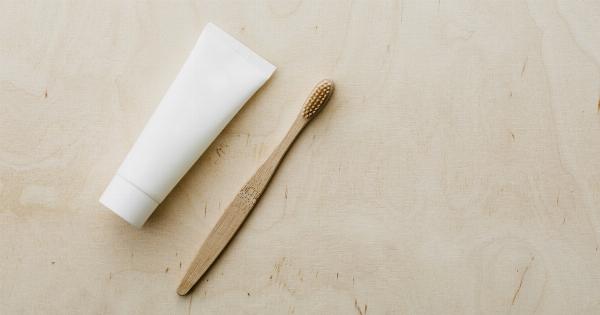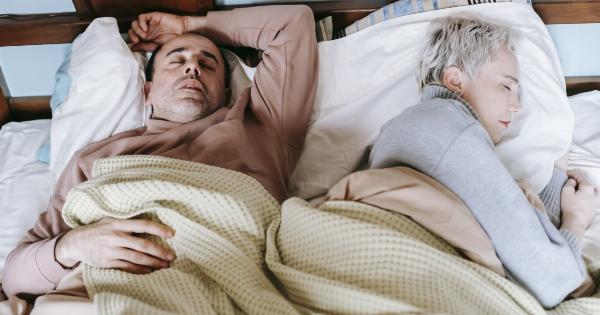Our daily routines often follow a natural rhythm, with the ebb and flow of energy levels, mood, and cognitive abilities. These patterns are regulated by our biological clocks, known as circadian rhythms.
While circadian rhythms are primarily associated with sleep-wake cycles, recent research suggests that they also play a crucial role in shaping our creative output. This article explores the complex relationship between circadian rhythms and creativity, unveiling the ways in which our biological clocks influence our artistic endeavors.
The Science behind Circadian Rhythms
Circadian rhythms are internal processes that regulate numerous bodily functions, such as sleep, hormone production, body temperature, and metabolism.
These rhythms operate on a 24-hour cycle and are primarily influenced by environmental cues, particularly light and darkness.
The suprachiasmatic nucleus (SCN) in the brain’s hypothalamus acts as the master clock, receiving information about light levels from the eyes and orchestrating the release of various hormones and neurotransmitters based on this input.
This central clock synchronizes peripheral clocks throughout the body, ensuring that bodily functions align with the external environment.
Exploring Creativity
Creativity refers to the ability to generate novel ideas, solutions, or artistic expressions. It encompasses a range of domains, including visual arts, music, writing, and problem-solving.
While individual differences and environmental factors significantly influence creative output, emerging research suggests that circadian rhythms also contribute to the ebb and flow of creativity.
The Morning Mindset
Many individuals experience heightened creative abilities during specific times of the day. For a substantial portion of the population, creative endeavors tend to flourish during the morning hours.
This phenomenon can be attributed to the interaction between circadian rhythms and the brain’s cognitive processes.
In the morning, following a night of restful sleep, individuals often experience improved cognitive functions, such as enhanced focus, attention, and working memory.
This cognitive boost, combined with heightened alertness driven by the rising levels of cortisol, may create an optimal state for creative thinking and problem-solving. It can lead to increased productivity and the generation of innovative ideas.
The Afternoon Slump and Rebound
As the day progresses, individuals often experience a dip in energy levels, commonly referred to as the afternoon slump. This decline can affect cognitive functions and creative output.
From a biological perspective, the afternoon slump is influenced by the body’s natural circadian rhythm. Around mid-afternoon, the body experiences a drop in core body temperature, blood pressure, and cortisol levels.
These physiological changes, coupled with a general decrease in alertness, can reduce cognitive functions and impact creative thinking.
However, research suggests that the late afternoon or early evening often brings about a rebound in energy and cognitive abilities.
This rebound can be attributed to the body’s natural recovery period and the balance between the sleep-promoting hormone melatonin and cortisol. As cortisol levels start to rise again, individuals may experience a resurgence in creative thinking, similar to the morning hours.
Chronotypes and Creativity
Chronotype refers to an individual’s preferred timing of sleep and wakefulness. While everyone experiences circadian rhythms, there are variations in how individuals align with the natural 24-hour cycle.
These differences in chronotypes can significantly impact creativity and creative output.
Research suggests that individuals who identify as “morning people” (commonly referred to as “larks” or “early birds”) tend to experience their peak creative performance earlier in the day.
Conversely, “evening people” (often called “night owls”) exhibit increased creativity during the later hours.
Understanding one’s chronotype and aligning creative efforts with the corresponding peak periods can help optimize creative output.
By capitalizing on the times when the mind is naturally inclined to be more creative, individuals can tap into their deepest wells of imagination and innovation.
The Power of Sleep
Sleep plays a crucial role in creativity and creative problem-solving. It is during sleep that the brain consolidates memories, processes emotions, and makes connections between seemingly unrelated concepts.
Disruptions in sleep patterns can hinder creativity by preventing the brain from engaging in these essential processes.
Research has shown that both insufficient sleep and excessive sleep can impair creative thinking. Insufficient sleep reduces cognitive functions, impairs attention, and decreases the ability to generate novel ideas.
On the other hand, excessive sleep can lead to grogginess and mental fog, which can also impede creative output.
Finding the right balance is key. Adequate and quality sleep can enhance creativity by allowing the brain to recharge and process information effectively.
Establishing a consistent sleep routine and creating a conducive sleep environment can significantly benefit creative endeavors.
Optimizing Creative Productivity
While circadian rhythms certainly influence creativity, it is important to recognize that individual differences and environmental factors also play critical roles.
However, understanding the relationship between circadian rhythms and creativity can empower individuals to optimize their creative output.
1. Know your chronotype: Identify your chronotype (morning person, evening person, or intermediate) to understand your natural periods of peak creativity. Work on creative tasks during these times to maximize productivity.
2. Establish a routine: Stick to a consistent sleep-wake cycle to maintain a stable circadian rhythm. Regularity in sleep patterns can help regulate energy levels and cognitive functions.
3. Embrace light exposure: Light is a powerful regulator of circadian rhythms. Expose yourself to natural light in the morning to signal wakefulness and promote alertness.
Consider using bright light therapy during winter months or in settings with limited access to natural light.
4. Take breaks and naps: Pay attention to your body’s natural energy fluctuations. Take short breaks during the afternoon slump or consider incorporating strategic power naps to boost alertness and cognitive functions.
5. Create an inspiring environment: Surround yourself with elements that ignite your creativity. Personalize your workspace, incorporate natural elements, and engage in activities that stimulate your imagination.
6. Prioritize sleep: Ensure you get sufficient and restful sleep consistently. Optimize your sleep environment, practice good sleep hygiene, and establish a relaxing bedtime routine to enhance creativity and overall well-being.
Conclusion
Circadian rhythms, our internal biological clocks, have far-reaching effects beyond sleep and wakefulness. They influence various aspects of our physiology and cognitive functions, including creativity.
Understanding the relationship between circadian rhythms and creative output can help individuals leverage their peak creative periods, optimize sleep patterns, and create an environment conducive to innovation. By embracing the unique interplay between our biology and artistic endeavors, we can unlock the full potential of our creative selves.





























